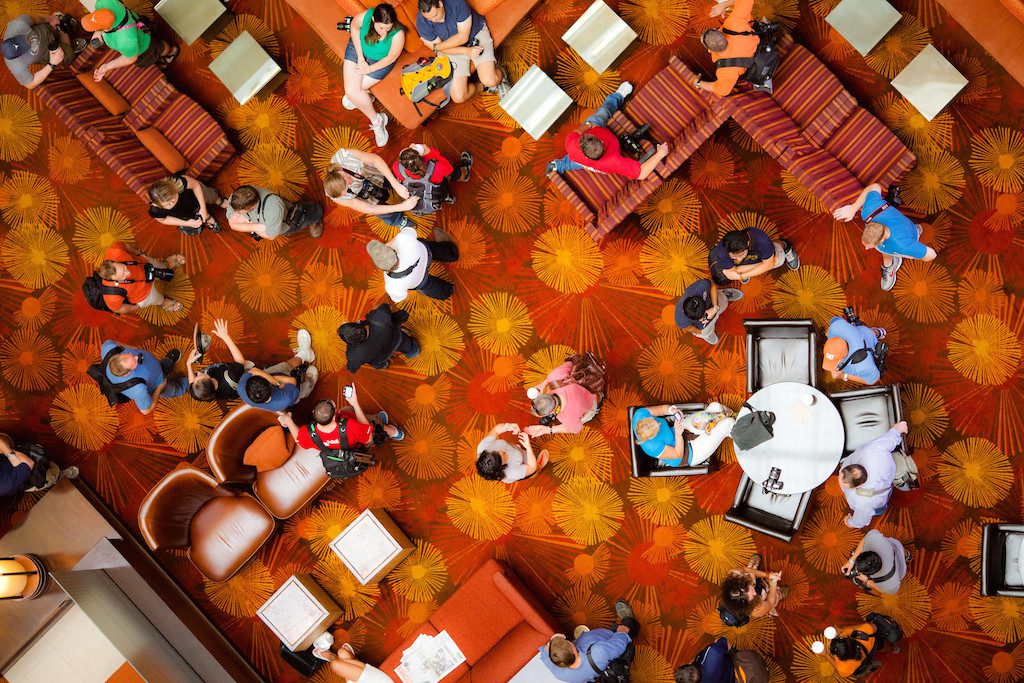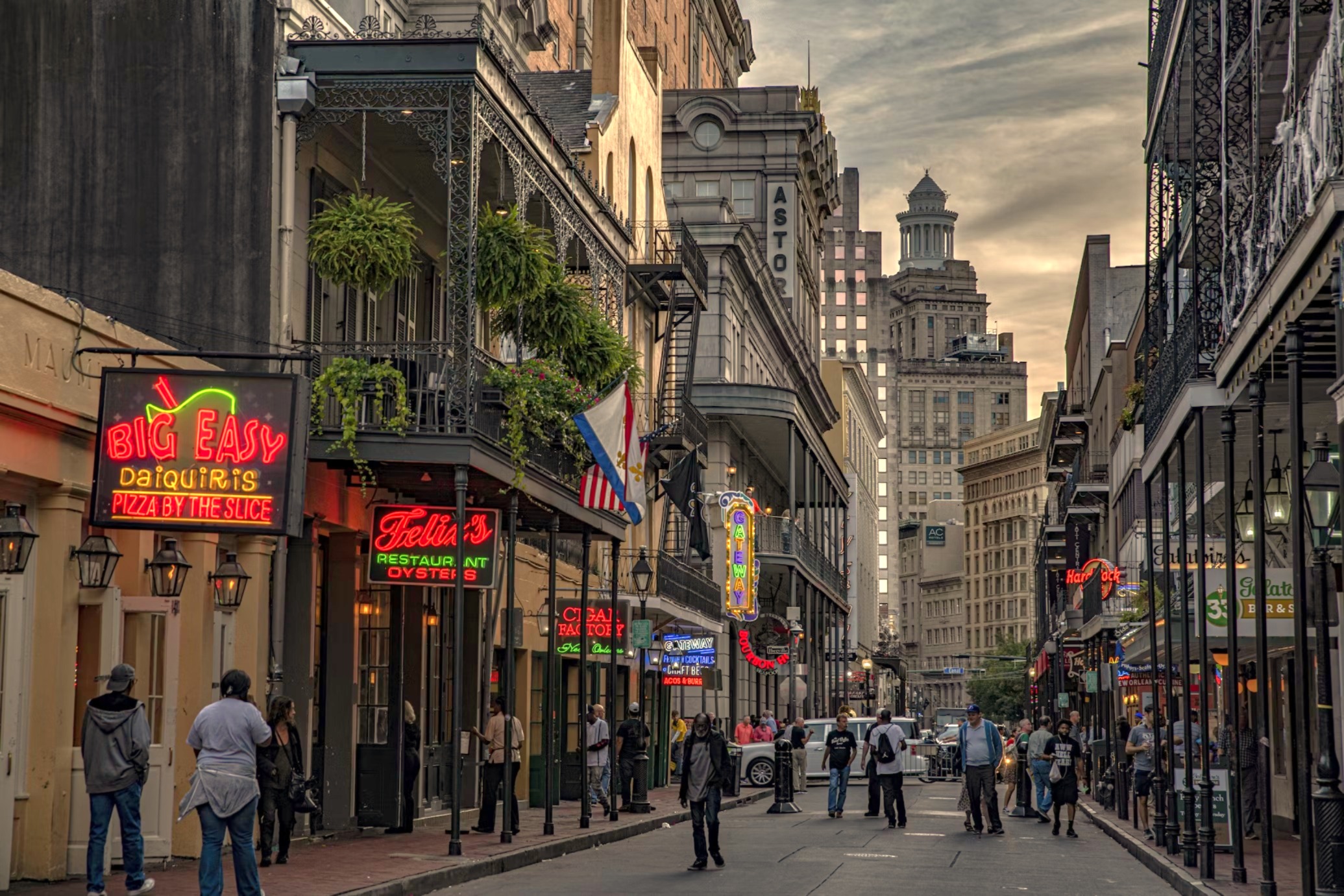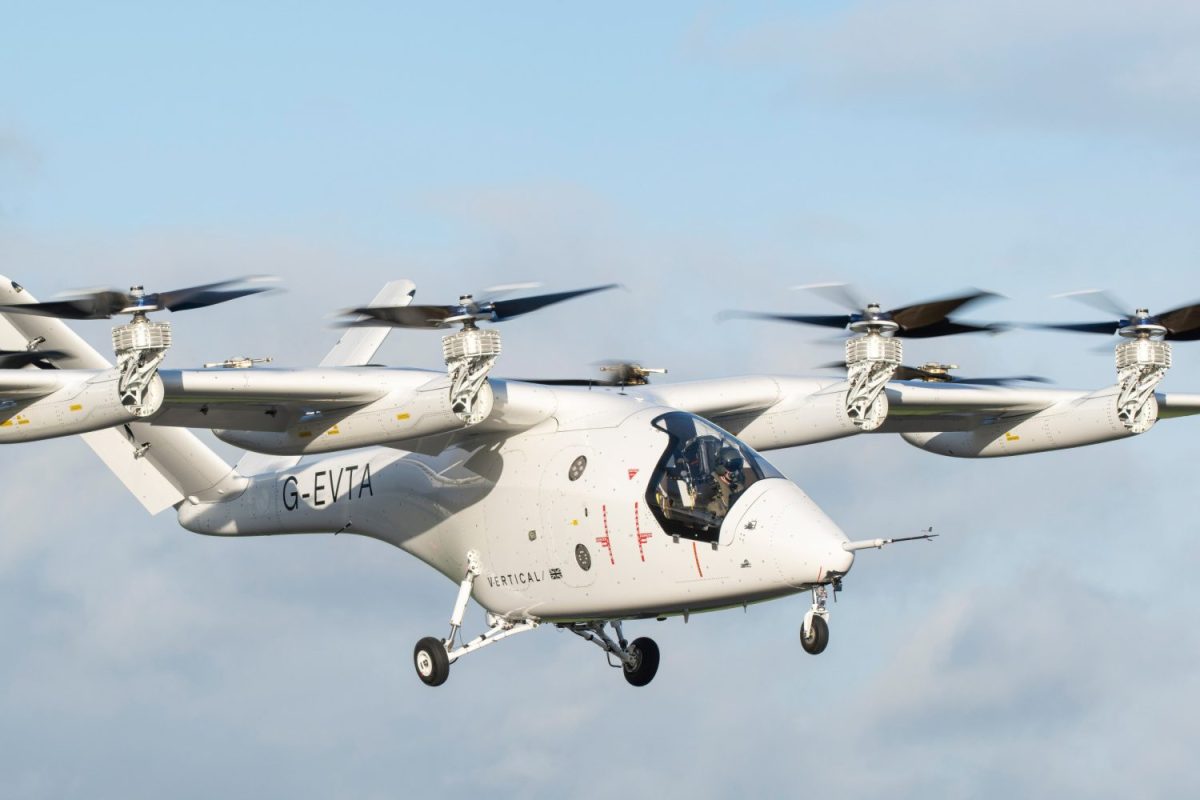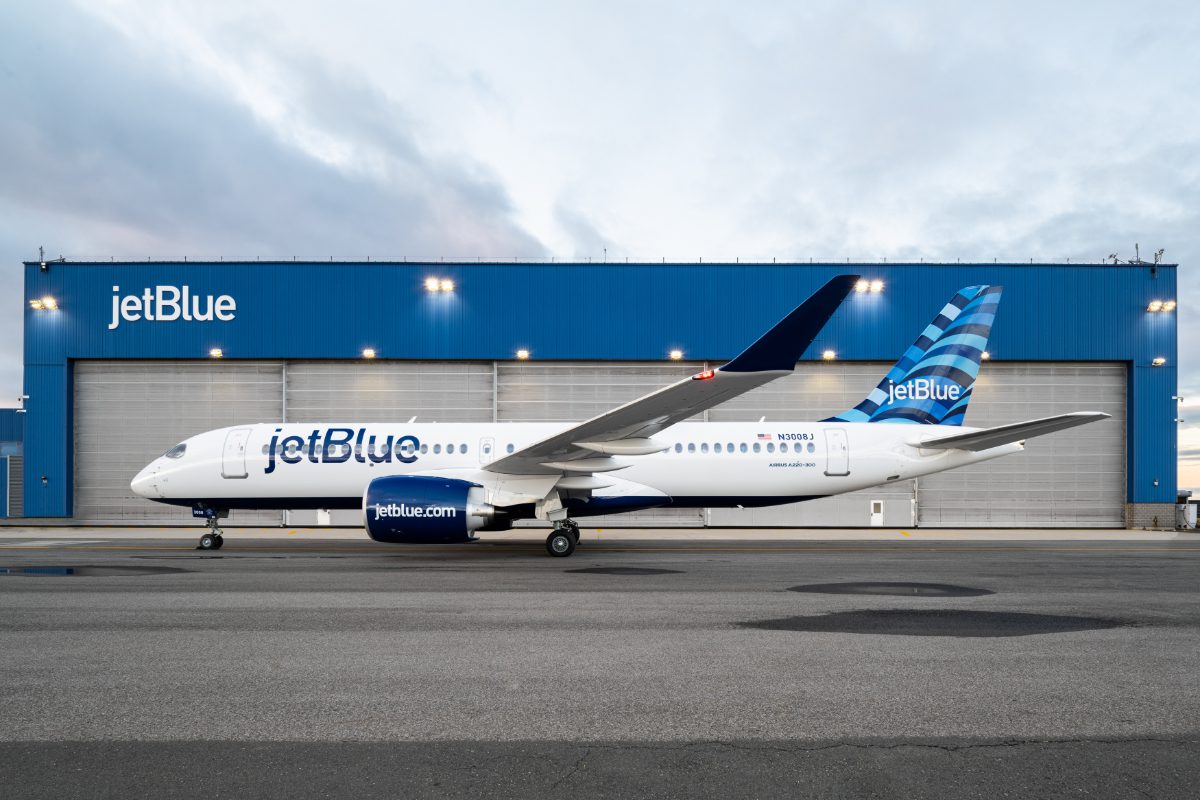Hotel Marketing in U.S. May Be Easy for This Summer But Then What?

Skift Take
Hotels almost don't have to market themselves this summer. After more than 15 months of uncertainty, hotels expect this summer to be perhaps the best summer travel season within living memory, at least in the U.S. and other countries where vaccines have loosened the pandemic's hold.
Hotels expect occupancy rates this summer to be 50 percent above 2019 in the U.S. "This will be a summer [equivalent to] two summers," Wyndham Hotels Chief Marketing Officer Lisa Checchio said at the virtual Skift Hospitality and Marketing Summit today. "This summer will see unparalleled demand," added Best Western Hotel Group Chief Marketing Officer Dorothy Dowling.
As the pandemic recedes in the U.S., the types accommodations travelers prefer also is changing. Earlier in the pandemic and last summer, travelers showed a strong preference for short-term rentals, especially in rural areas, while big-city hotels languished. That's now changing, with travelers showing a marked preference for hotels. "Hotels are right at the heart of what people are seeking," Checchio said. "People are getting back to what they missed the most."
That's not to say that short-term rentals won't be a force hotels will have to contend with. "We certainly see them as a competitor," Dowling said. But there is room at the inn for all types of travelers, she said. "This summer will be the best in our lifetimes, and all sectors of the accommodation [industry] will have a banner summer."
Whereas last summer demand spiked in the Pacific Northwest, areas near national parks, the Great Lakes, and Florida as people sought destinations that offered outdoor recreation, this summer so far has seen demand shift toward cities again. "It was a myth that big cities won't come back," said Melissa Maher, Expedia senior vice president of marketing and industry. "New York and Los Angeles are in high demand."
The booking curve is lengthening, suggesting to all three panelists that summer demand will continue through the late summer and into the autumn. Bookings for the end of the year and early next year also are rising.
Business travel lags behind leisure travel, but Dowling expects a surge to begin in September. This tracks with what airline CEOs expect: That business travel will begin to pick up after September's Labor Day holiday, when children go back to school. Business travel last year was limited to essential travel and fell off after Labor Day, Dowling noted, but the same pattern is not expected this year. "Q4 [the fourth quarter of this year] is when business travel really comes back."
The nature of business travel will have changed, however. Meetings and events are likely to take a little longer to return to pre-pandemic attendance figures, Checchio said. But a new segment has emerged in the pandemic: Digital nomads. These travelers will seek longer-term accommodations and will be on the road for more weeks of the year than traditional business travelers. And the trend is unlikely to abate as companies largely keep flexible work rules in place, at least in the mid-term, she said.
The recovery will be uneven, the panelists said. The U.S. and parts of Europe are vaulting ahead. Canada could reopen by July, sparking the return of trans-border travel. Asia remains a challenge. In all regions, however, domestic travel is expected to outpace international travel.
Loyalty programs remain important for hotels, but after 15 months, customers' attention may have wandered. Hotels are focused on rebuilding that loyalty, through more digital marketing that reaches customers where they are. Traditional media marketing is coming back after pausing for much of the pandemic, but digital will get more attention from now on. "Everyone is up for grabs," Dowling said.





